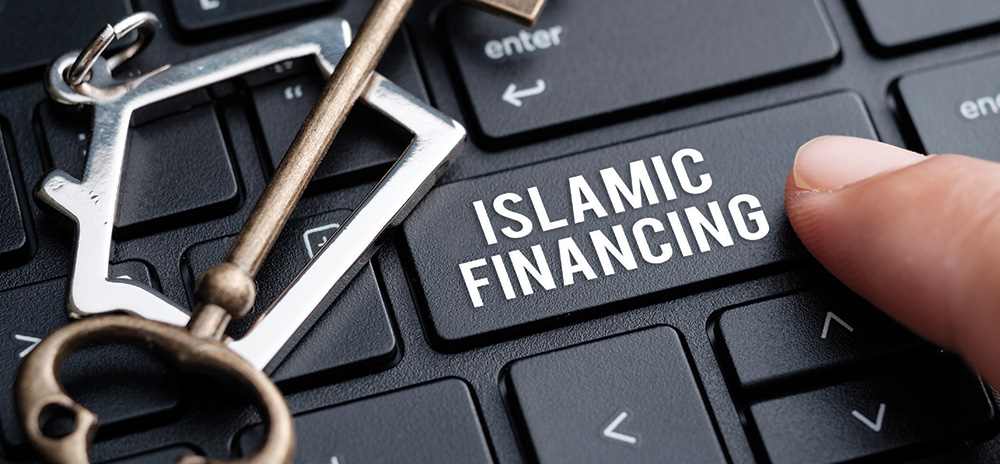Interest-free banking aka Islamic banking aka Alternative banking has always been a heated topic of discussion amongst world economists. The capitalist economists usually term interest as a fair and equitable ideal but the rest of the world has always indexed to the damages it causes to the plight of the underprivileged society, especially those in the third world. The oldest book about interest-free banking was left by Hammurabi, the ancient Babylonian ruler in 2123 BC. He prescribes a maximum limit of interest and suggests the profit and loss sharing arrangement to avoid interest element. Besides major religions, famous poets and philosophers like Dante and Aristotle have always expressed their repulsion over interest.
The first experimental Alternative bank was established in Pakistan in 1950, following the Islamic scholars’ movement. The conference of Finance Ministers of Islamic countries held in Karachi 1970, the first international conference on Islamic economics held in Mecca etc. acted as catalysts in the popularity growth of Interest-free banking across the globe.
Early Islamic banking involved in bills of exchange, partnership, capital accumulation, cheques, promissory notes, Waqf (trusts), transactional accounts, loans, ledgers and assignment. Muslim traders are known to have used cheques (Sakk) since the ninth century in the Harun Al Rashid era.
Mit Ghamr
Mit Ghamr was formed as an experimental Interest-free banking institution between 1963 and 1967. They combined the German savings banks with Interest-free banking principles. Mit Ghamr was a remote rural area, and people were highly religious. They did not put in their monies in banks because they wanted to avoid interest element from their lives completely. This caused most of their savings to remain idle on a side, and capital scarcity on the other side. The bank accepted savings accounts, investment accounts, and Zakah accounts without offering interest. These funds were subject to restricted withdrawals and the rest was invested on profit or loss sharing basis. The Zakah account included the amounts for redistribution between the poor. This idea worked, and deposits showed a rapid increase. It ran with caution and flourished with almost zero levels of default in its initial stage but was unfortunately doomed by some political factors.
Islamic Development Bank
Mit Ghamr had gained their share of popularity before its untimely death and had paved the way for several other institutions in and across Asia. In 1975, the Islamic Development Bank was formed as a brainchild of the conference of Finance Ministers of Islamic countries as a multilateral development financing institution in Saudi Arabia. Fifty-seven countries hold membership in IDB, of which the Kingdom of Saudi Arabia holds the major share (26.57%).
The successors
The first modern Islamic commercial bank was Dubai Islamic Bank, and the first Islamic insurance company “The Islamic insurance company of Sudan, were established in 1979. The first sharia complied mutual fund came into being under the nomenclature “Amana Income Fund” in 1986. From this era onwards, Interest-free investment and banking establishments saw the pinnacles of acceptance and growth in the Muslim world. By 1995, 33 government-run Interest-free banks and 40 private banks were established all over the world.
The US giant CitiBank began to offer alternative banking services in 1996 in Bahrain. By 2008, there were over 300 Alternate financial institutions across 51 countries, and 250 sharia complied mutual funds. By 2015, 2 trillion dollars of assets were reported to be managed by sharia complied organisations. Interest-free banking capital all over the world grew from 200 billion USD (2000) to 3 trillion USD in 2016. It is expected to grow up to 4 trillion USD in 2020.
There are almost 25 Interest-free financial institutions in the United States. The top three Interest-free banks in the US in terms of asset size are The American Islamic Finance House, University Bank, and the Harvard Islamic Finance Program. J.P Morgan also started providing Alternate financial services in 2013. The overall share of Interest-free finance in the current global market is 5-6%. It is expected to grow 19.7% annually through 2018 as per Ernest and Young reports.

Next part: A brief note on how an Interest-free bank works.

